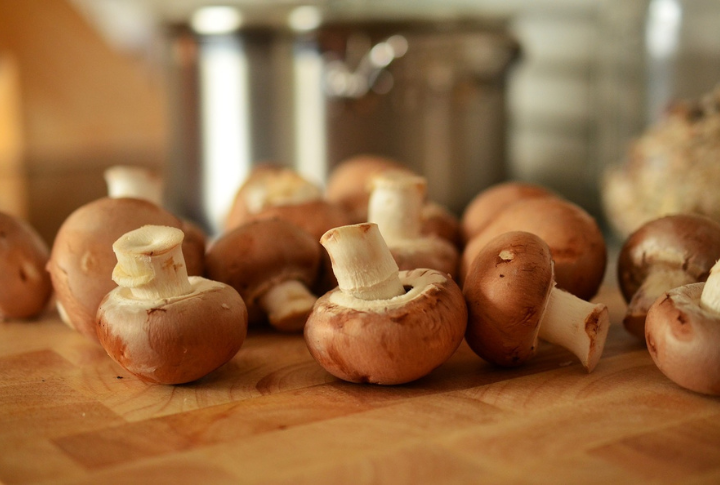
Mushrooms aren’t just pizza toppings or forest floor decor—they’re biological powerhouses with secrets that stretch beneath your feet and into space. Fascinating organisms like these bend the rules of science and survival in ways most never imagined. Wondering how far their influence reaches? These ten truths will change how you see every cap and stem.
Grow From Fruiting Bodies
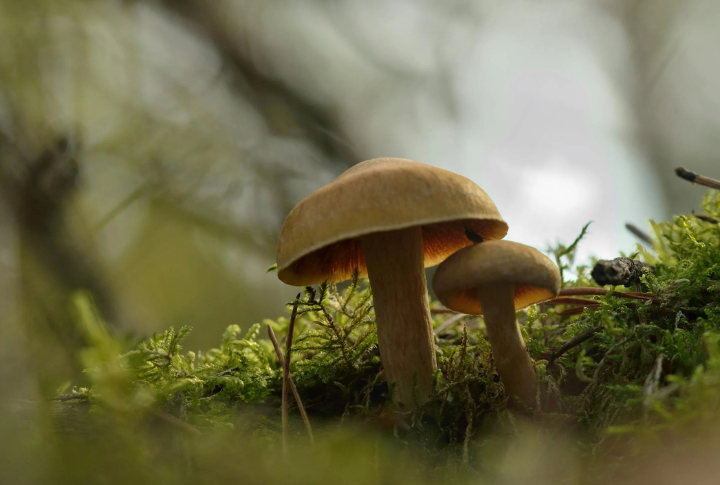
What we see as a mushroom is only a small part of the story. The true organism—mycelium—spreads underground in vast, hidden networks. It absorbs nutrients, builds connections, and supports life. The part you see? It’s the fruit, like spotting one leaf and guessing the whole tree.
Form Tree Connections
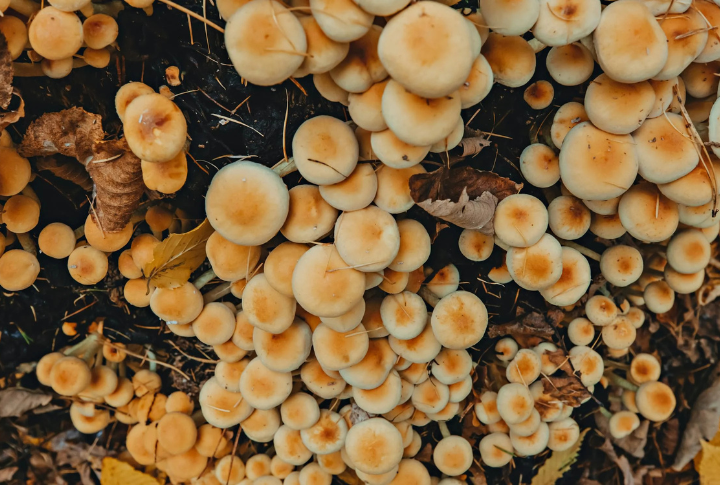
Beneath the surface, fungi and trees strike quiet deals. Mycorrhizal networks form where fungal threads meet roots and trade minerals for sugar. Forests grow stronger through these exchanges, with trees gaining support against drought. Such hidden alliances play a vital role in keeping ecosystems alive.
Contain Rare Antioxidants
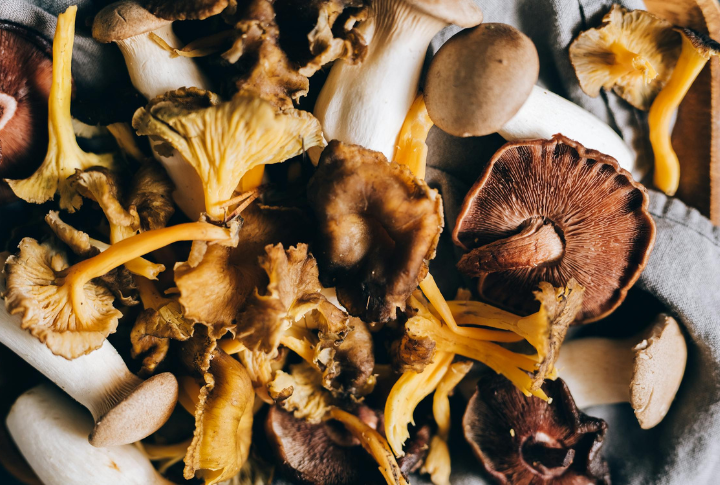
Mushrooms offer something your body can’t produce on its own called ergothioneine. This antioxidant helps shield your cells against wear and tear and may even slow signs of aging. It’s not common in most foods, but shiitake and maitake varieties pack plenty of it.
Control Insect Behavior
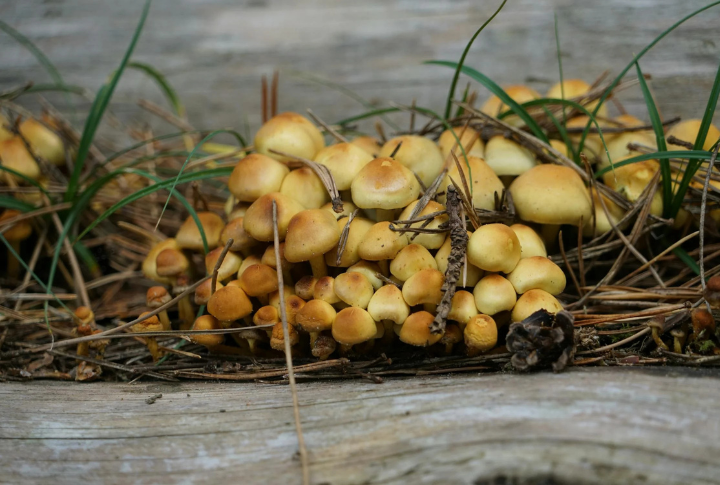
Cordyceps fungi take over insects by invading their bodies. After infection, they steer the host toward a high perch, where it clamps down and dies. From there, the fungus breaks through to release spores. It’s not science fiction; it’s nature fine-tuning control for survival.
Create Spore Prints
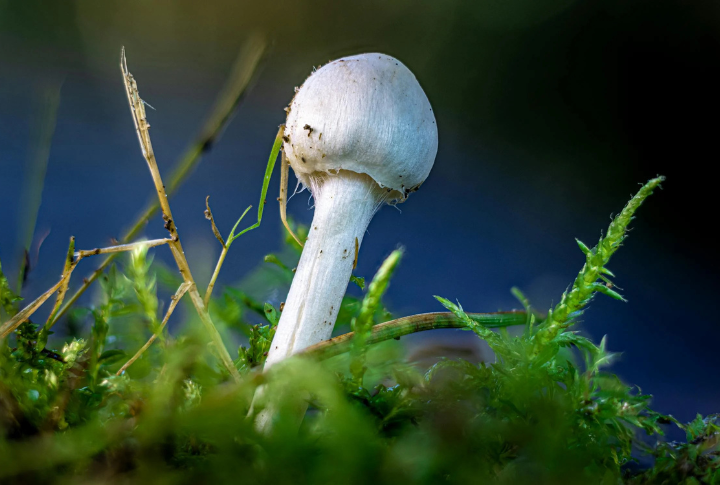
One way to identify a mushroom is by making a spore print. Place the cap gill-side down on a sheet of paper. After several hours, spores form a visible pattern. The resulting print can reveal important traits of the species without needing any complex tools or equipment.
Survive Extreme Radiation
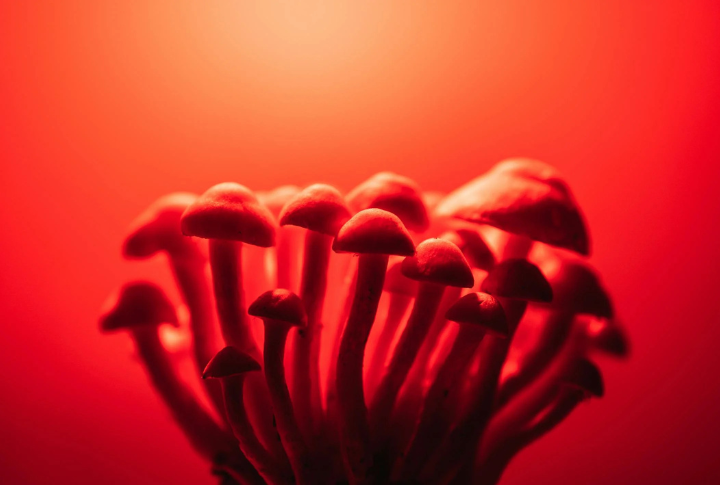
Some fungi found in Chernobyl do something unexpected. Melanin in their cells helps convert radiation into usable energy in a way similar to photosynthesis. Scientists now wonder if these life forms could help future missions survive in space. Their unique biology opens doors to off-world survival strategies.
Support Human Medicine
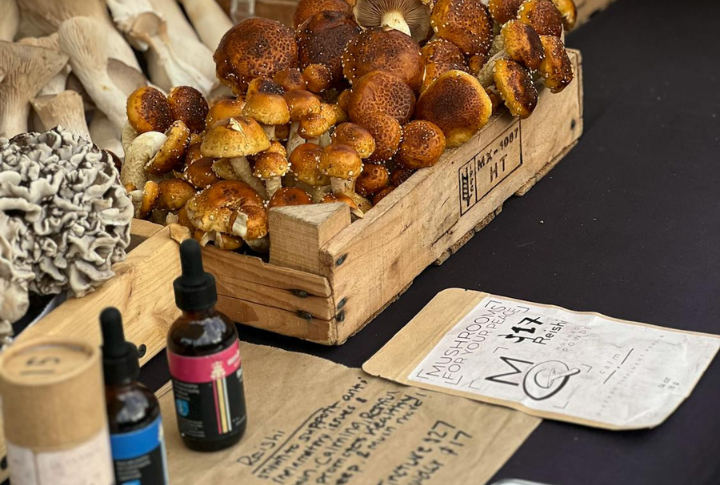
Mushrooms like lion’s mane and turkey tail have been part of healing traditions for centuries. Today, they are valued for their ability to support immune function and influence brain health. Their role in natural medicine continues to grow as interest in functional foods rises.
Transmit Electrical Signals
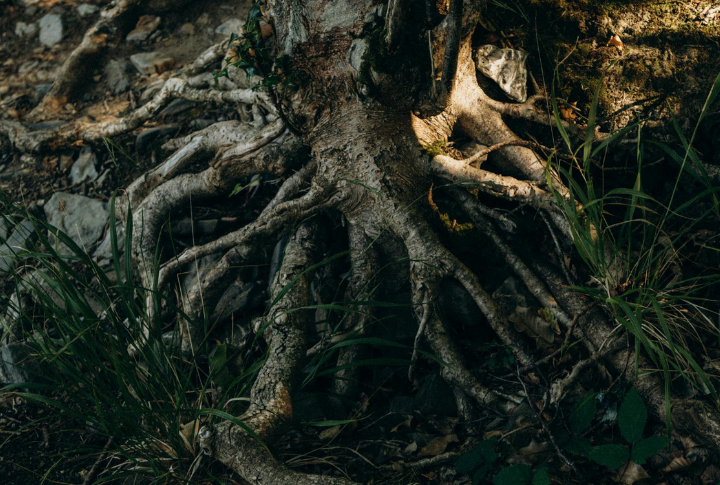
Without nerves or brains, the underground network still finds a way to communicate. When roots face damage or dryness, tiny electric pulses may travel through the soil. Signals like these direct nutrient flow. It’s not magic—it’s a living system quietly tuned to its surroundings.
Outnumber All Plants
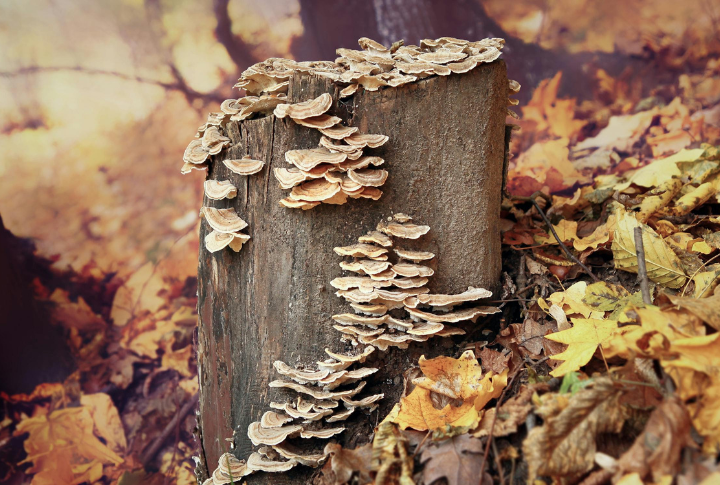
Fungi may be more numerous than plants, though most species remain undocumented. Countless forms likely exist in overlooked places, hidden beneath leaves or buried in the soil. Each one holds the potential for medical breakthroughs or ecological insight. Some may already be thriving nearby.
Break Down Pollutants

Some mushrooms step in where machines fall short. Through mycoremediation, they break down things like oil, dyes, and pesticides. Oyster varieties have even been used to clean up diesel spills. In places scarred by pollution, fungi offer a quiet way to restore balance.
Leave a comment